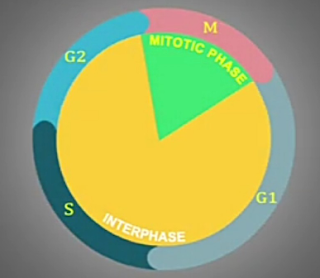CELL WALL

CELL WALL is the outer most layer of the cell. It can be tough, flexible or sometimes rigid. It acts as functional support and also as a filtering mechanism. It is present in most prokaryotes (except Mollicute bacteria) in algae, fungi and eukaryotes including plants but absent in animals and gamets and zoospore (motile spore). It was first observed by Robert Hooke in 1665. A detailed study of cell wall can be studied by: 1) COMPOSITION -matrix -microfibrills -deposition 2) LAYERS -Middle lamella -Primary Cell Wall -Secondary Cell Wall 3) FUNCTION 4) LOCATION So now let's start knowing about the composition MATRIX:. -It is a grounded jelly like substance. Its major component is H2O. It primarily consists of: a) Hemicellulose: These are polysaccharides. It contains five carbon sugar xylose and arbinose, the six sugar mannose and galactose and six carbon deoxy suga...

